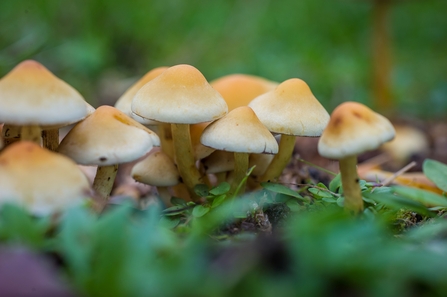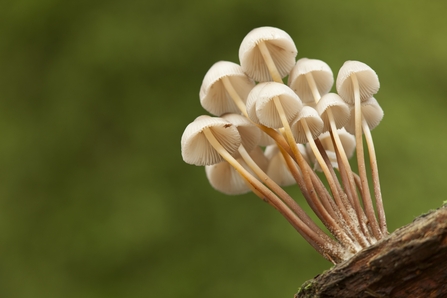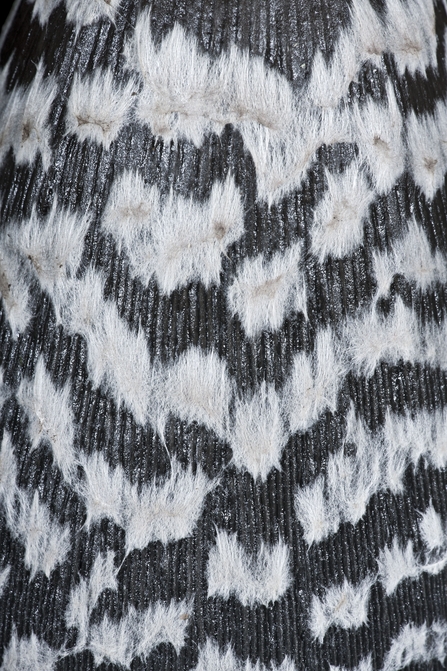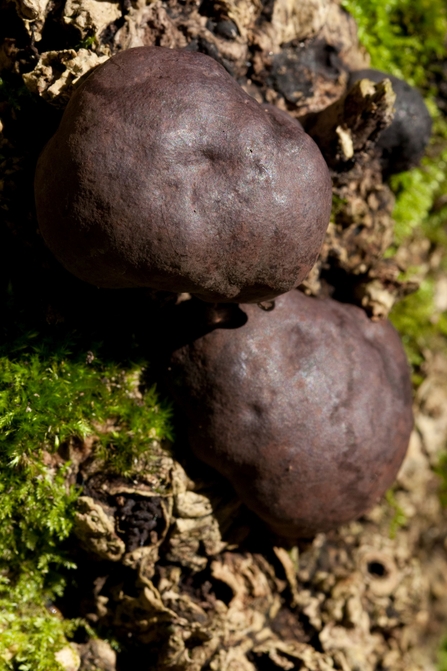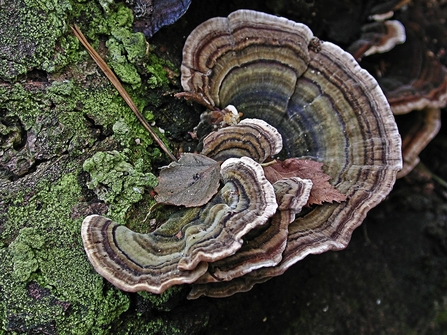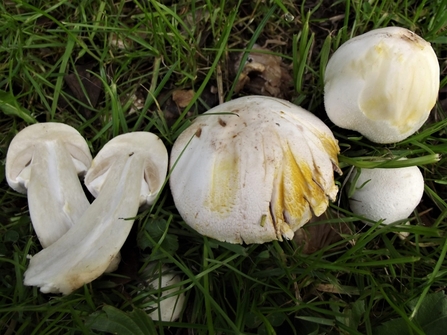Before we explore, a word of warning…
Fungi is fascinating, presenting in many different shapes and sizes but whilst it warrants close inspection and admiration, fungi can be deadly when misidentified and eaten so please exercise caution when studying it.
Many species of fungi are excellent decomposers with a specialism for breaking down lignin in trees, helping to rot these large woody plants down and making their nutrients available for other plants and animals to harvest. Some fungi are also mycorrhizal, which means that their roots form symbiotic relationships with trees in the forest. The trees provide the fungi with sugar that they make from photosynthesis in exchange for phosphorous, a nutrient commonly found in fertiliser and one which is hard for trees to extract from the soil by themselves as it is not very soluble.
What you are looking at when you see fungi on woodland floors is actually the fruit-body which forms on top of a larger and much more complex mycelium, which lies underground. These fruiting bodies are called mushrooms. There are many species of fungi which do not have large and visible fruit-bodies but are small, dark and appear like coverings of a cob-web. There are around 3000 species of the larger fungi with fruit-bodies in the UK which are more commonly known.
All fungi rely on water to grow and expand their cells which makes Autumn the perfect time for a great majority of the species, though you will find fungi growing in the UK all year round. Chris James from Hertfordshire and Bedfordshire Fungus Group helps us to identify some of the more common species you may spot when out on your woodland walks:


